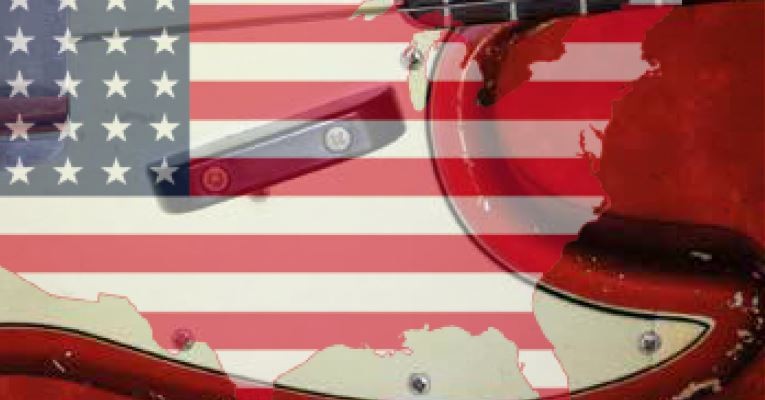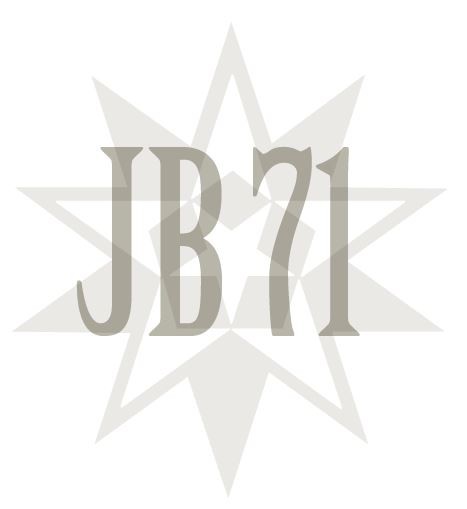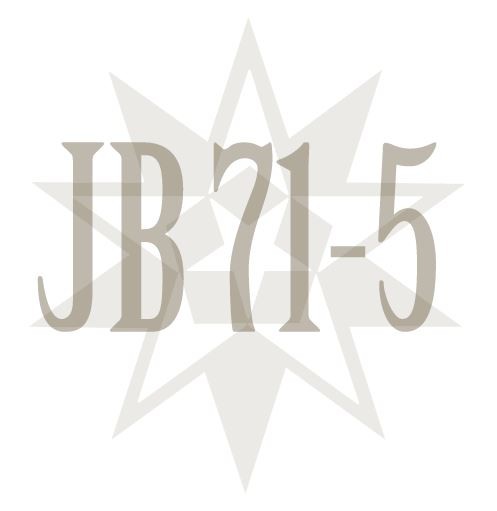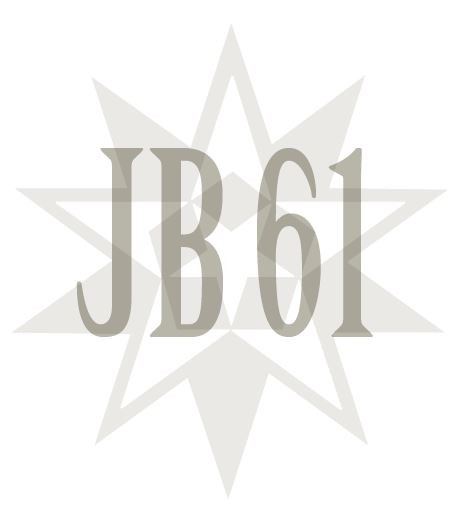





By the end of the nineties I had established a name as a Pickup Guru among the cogniscenti in the music world. As a result, I was being approached by a number of bass players. One of those was Jürgen Attig, some of you may know from “Felix de Luxe” (Taxi to Paris).
Jürgen has a marvelous collection of Jazz Bass pickups. He has a pair from almost every year from 1960 to 1970. His bad luck was my good fortune as a number of these were not working. It gave me the opportunity to rebuild these and in doing so also to analyse them. Having archived the data, as I always do, and despite the diversity of the individual characteristics of each pickup and year, I decided to concentrate on 2 of my favourite sets.
Following the sale of Fender to CBS budgets and expenditures were cut. As with the Stratocasters and Telecasters the pickups for the Jazz Bass were wound with less wire. The result was a different but by no means inferior sound. The sound of my JB 71 Set is somewhat wiry, lighter and a little airier. The midrange is not as powerful or far-reaching in bass as the JB 61. Lower bass and highs have more room to unfold. A typical example of the 70s bass sound is Marcus Miller.







Analog to the JB 71 Set for 4-string basses, I developed a similiar set for 5-string basses. The sound of my JB 71 Set is somewhat wiry, lighter and a little airier. The midrange is not as powerful or far-reaching in bass as the JB 61. Lower bass and highs have more room to unfold. A typical example of the 70s bass sound is Marcus Miller.




I have at last created a pickup to cover the needs of all 5 string bass players – the JB 61-5. I have been rousingly pushed, gently chivied and even turned on, albeit in the nicest possible manner, to put the fantastic sounding JB 61 on the map for 5 string instruments. I have finally seen the light and given in to unerring voice of the 5 string brigade. All under the headline – give the bass players what they want!




The JB 61 Set represents the early years of the Jazz Bass. It delivers full-voiced grumble and a fat, low midrange tone which has enthused its fans in the diverse musical genres: Flea from the Red Hot Chili Peppers, Ladi Geisler (Bert Kaempfert Orchester with the slapping bass tone from a Twin Reverb using a felt plectrum) or the unbelievably masterful Jaco Pastorius. Further Jazz Bass icons: the 16 year-old Bootsy Collins, who played with James Brown and others who provided driving musical foundations for legendary bands are of course, Noel Redding (Jimi Hendrix Experience) and John Paul Jones (Led Zeppelin).






The Precision Bass – mother of bass guitars! As always my moment of personal enlightenment came about, when one of my good friends Harry, came by one night and brought his ´63 Precision Bass with him. I was immediately psyched by this amazing instrument.
Harry was fortunate enough to pick up another one from Jean-Piere, a punk-rock acquaintance of his. This time it was a ´62 Precision with the at the time prevalent but as always shoddy respray. But even this fantastic bass was unable to keep up with the ´63 low frequency star. However, they both served as ideal blueprints for my first Precision Bass pickup sets.
This pickup gives you the whole range of Precision Bass sound variations: bigger, more punchy sound with the unmistakable “whack” of the g-string when it is slapped. A true foundation of bass for the music, particularly when you think of who made this bass sound popular: James Jamerson played almost all his Mowtown hits with his Precision Bass. 90% of the Stax hits were accompanied by “Duck” Dunn´s Precision and at a guess, around 40% of all the worldwide hits were given their bass foundation with this legendary instrument.





Some time ago I had a ´57 Precision Bass pickup in for repair. The nice thing about a Precision Bass pickup is that you almost already know what the result of your work should be as one coil is still working! The coils on the PB 57 are historically authentic with Formvar-coated wiring. The difference to the PB 63: the sound has more presence, is somewhat finer and more drawn out.



PB 55 (Tone down) in Fender Custom Shop Precion Bass 1955:*
PB 55 (Tone up) in Fender Custom Shop Precion Bass 1955:*
*Sample & Beats mit freundlicher Genehmigung von Smith & Smart © 2017
PB 63 in Fender 1973 Precision Bass:*

At the beginning, the original Precision Bass had a special design! Thanks to Sting, every bass player knows what one looks like and naturally also how it sings. The PB 55 sounds uniquely wooden and warm with a shot of thump. Simply wonderful!
